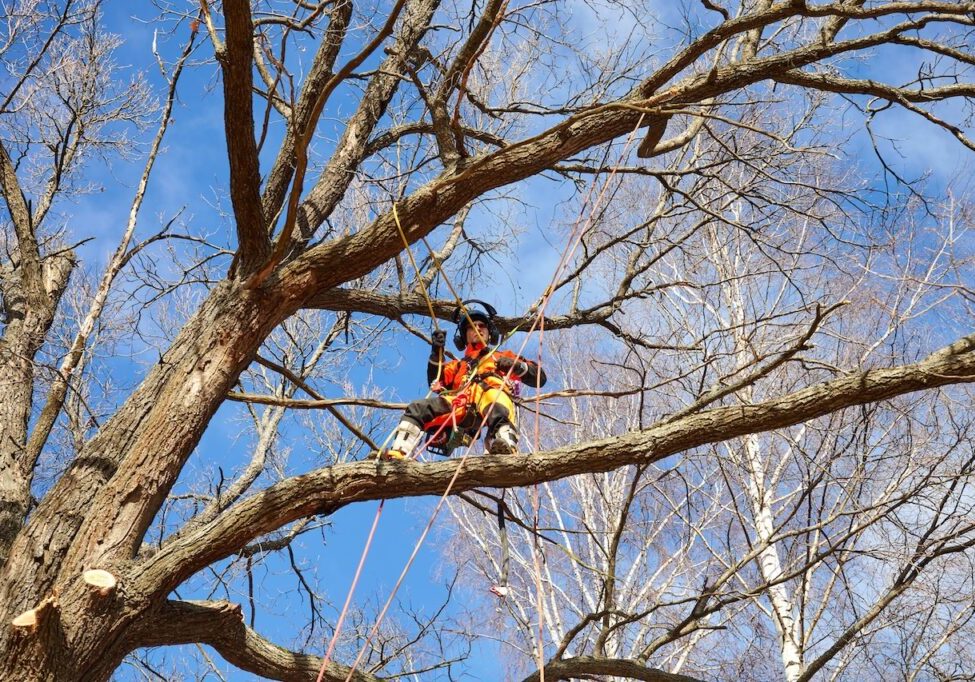Is Your Lawncare and Landscape Business Scalable?


When you started your landscaping or lawncare business you might have had big dreams. Could you become the leading business in your city, region, or even state? That depends on whether or not your business is scalable. Scalability is its ability to see increasing returns, including sales and revenue, as it grows.
Most businesses have some challenges to scalability, but if you can see and correct them beforehand, then they don’t need to limit or undermine your business. To help you get ready to grow, we have several questions you should ask yourself to know whether your lawncare and landscape business is scalable. Also, find a few ways to correct common problems.
Do You Have an Onboarding Process?
When things get busy, you need to bring on new staff to meet demand and fulfill your obligations. However, when you’re busy, you’re least likely to be able to design a great training process. Over time, staff who were poorly trained or brought on during stressful times will perform worse and fail to meet expectations–to absolutely no fault of their own. That’s why it’s important to have a strong onboarding process established before you hire.
What does a good onboarding process look like? It should be a comprehensive set of steps that you can follow to bring any new hire completely up to speed for their role. It might include these items:
- Signing start paperwork
- Giving logins for company software/communication methods
- Tour facility or office
- Explain their role and who they report to
- Introduce them to the key people they need to know
It is also important to schedule regular check-ins so that you can make sure each employee is integrating into the team well. This onboarding process will make it easier for you to bring on high volumes of people as you’re growing.
Are You Increasing Your Revenue Per Client?
Every client you add should grow your revenue, not keep it stable or reduce it. You can run into problems if your business is adding customers but not actually growing revenue. Eventually, this can kill your business if you don’t correct the issue. There are a few reasons that you might be losing profit as you bring new customers on, including:
- Type of service: Some of your services may be less profitable than others, or even not profitable at all. If you bring on customers who exclusively use these services then you can lose revenue.
- Advertising: If you spend more in advertising dollars bringing these customers in than you gain from those customers in revenue then you will start to lose revenue.
- Cost creep: Some of your costs may have risen such that adding new customers is too expensive. For example, if you typically start off clients by getting them new sod, but the cost of sod has risen dramatically, all of those new customers may be driving your profit down.
Are You Watching Your Expenses Carefully?
As we started to explain a little bit above, sometimes your expenses can start to eat into your profit so much that your business struggles to scale. In fact, the costs of growing may often undermine your business’s success. For example, here are some expenses that can increase as you grow:
- Hiring and training: A lot of staff time and resources go into hiring and training new staff. From the posts on job boards to the hours spent checking in on new employees, it can really add up.
- Signs and ads: If you have longstanding signs and advertisements, it may cost you to change them to reflect your growing business. For example, if your vehicle wraps currently say “serving Atlanta” and now you need to add new cities to demonstrate that you’ve expanded your service area, that’s a cost.
- New tools and equipment: Particularly if you have expanded your services, the cost of new tools can really eat into the increased revenue from your growth. Tools that can help you do things faster can be instrumental to growth, but if they take too long to recoup their cost they can put the business in danger.
Of course, as we mentioned above, material costs are something to watch out for too.
Do You Know Your Numbers?
While we’ve touched on a few different numbers that can help you gauge your scalability, there are several more that you can dig into.
- Revenue per client: Find out which clients are making you the most money. Then focus on getting more clients like them.
- Gross margin per service type: It’s wise to focus on services with the most margin, or that make you the most profit.
- Average direct overhead by project: Different projects and even services will cost you different amounts in overhead. Minimizing your overhead and staying lean is a good idea to scale better.
Are You Using Technology to Help Run Your Business?

Many of the problems that might hold you back from scaling can be solved with strong digital tools. Arborgold is an all-in-one tool that can help you scale much better. Here are just a few of the ways it can help:
- Revenue tracking: Is your revenue really growing as you expand, and by how much? Arborgold can calculate it for you.
- Profit by project: Make sure that your expenses are under control and that you’re invoicing correctly with an automatic report on your profit per project.
- Automated renewals: Keep your customers coming back for more services automatically be renewing their contracts through Arborgold. This can help you scale while demanding less from your sales team.
- Employee assignment: Keeping your employees independent of your direct supervision will help you spend time elsewhere. Assign them through Arborgold to minimize your time while keeping instructions clear.
- Time tracking: It’s easy to scale when you can identify where employees might be wasting time, or which kind of jobs take them the least time. Arborgold’s built-in time tracking feature will help.
Discover the other things that Arborgold can do for you by taking our tour today.
Share this resource



